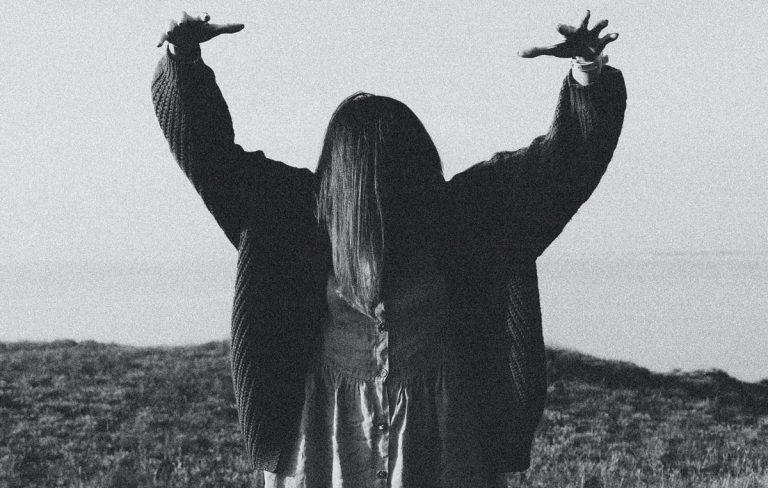Hamster versus Lana Del Rey: it’s time to pick a side in TikTok’s latest cult war
Do you remember the rise of Step Chickens on TikTok last year? The powerful cult, led by ‘mother hen’ Melissa Ong, changed their profile pictures to the iconic blue-tinted selfie of Ong and set daily missions of raiding various comments sections to initiate more users into the cult. This resulted in Ong gaining millions of followers, writing and recording a Step Chickens song, later starting her own line of merchandise ranging from t-shirts to face masks.
The power of TikTok cults are hence massive with users joining new ones every day. For this very reason, it wasn’t surprising to see Lana Del Rey stans start a TikTok cult earlier this week. But the rise of a parallel Hamster cult, having a go at the Lana cult everywhere on the platform seems to pose a digital dilemma, forcing other users to pick a side.
What is the Lana Del Rey cult?
The Lana Del Rey cult was formed in the wake of the singer’s recent TikTok debut and in the anticipation of her studio album, Chemtrails Over The Country Club, set to drop on 19 March. Many users claim to have joined the cult to show their support in response to various controversies and criticisms surrounding the star.
#Lanacult, which has amassed over 97 million views on the platform, requires members to change their profile picture to a photo of the star smiling in front of a car on fire. Initiation processes require users to post pro-Lana comments like “Join the cult of Lana Del Rey or get cooked in soup!” and “Repent to the lord and savior Lana Del Rey before it’s too late” under random videos on the platform. Though not a strict requirement, members of the cult can alternatively share posts declaring their love and support for the cult leader.
I can’t #lanacult is all over my FYP 💀 I’m not complaining ⚠️✨✝️ DOING HER WORK ❤️ #LanaDelRey pic.twitter.com/2aQn3x4EEL
— Swank (@SwankUnicorn_) February 19, 2021
What is the Hamster cult?
The Hamster cult was created with the sole purpose of cancelling Lana Del Rey’s cult. “If you don’t know what the Hamster cult is, it’s a TikTok cult of hamsters and the mascot is the meme ‘staring hamster’. Basically, we hate Lana Del Rey and it’s a TikTok war. So join the Hamster cult today!” wrote a member, introducing Twitter to the cult.
Hamster cult requires users to change their profile picture to that of a viral hamster staring at the camera and spread anti-Lana comments like “Join the Hamster cult. We don’t mock god or burn bibles.” These comments stem from the alleged rumour of the star disrespecting religions and burning bibles in her songs.
Although created with the intent of cancelling Del Rey, the cult has somewhat taken a lighthearted turn with some members showing their love for their furry mascot instead.
@papi_dre1Who’s gonna win?😳 #fyp #foryou #foryoupage #xyzbca #xyzabc #lanadelrey #viral #whathappened #true #fy #4u♬ I spoke to the devil in Miami by XXXTENTACION – Nate
How cult war affects TikTok users
The Hamster versus Lana Del Rey is not a pointless TikTok war. The members of both these cults are backed by a strong sense of purpose as they try to cultivate their fandom and bash each other in the comments section of unrelated TikToks.
The war can’t seem to be ignored by other users on the platform as well. Picking a side and joining one of these cults is guaranteed to get users mutual following from other members. This surge of followers makes the war particularly appealing to those who want to grow their account.
However, it is problematic when these cult battles take off past TikTok. Though the leaders of these cults discourage cyberbullying between members of rival cults, comments often feature personal attacks on each other.
“Check in to see if any of these so-called ‘cults’ your kids might be following are asking them to do something harmful or foolish,” Diana Graber, co-founder of Cyberwise, warns in an interview with Parentology. “Talk to your kids about the wisdom (or lack thereof) of blindly following strangers online, or doing something because ‘everyone’ is doing it and the impact upon their digital reputations,” she adds.
While these cults are yet to manifest into causes of concern, it is always a safe bet to join these with the purpose of what they were meant for—harmless digital battles to keep one engaged in one of the most uncertain times.
Is Gen Z okay? pic.twitter.com/urThLoDiwk
— Camellia 🎨 (@Camellia_Alexan) February 21, 2021





